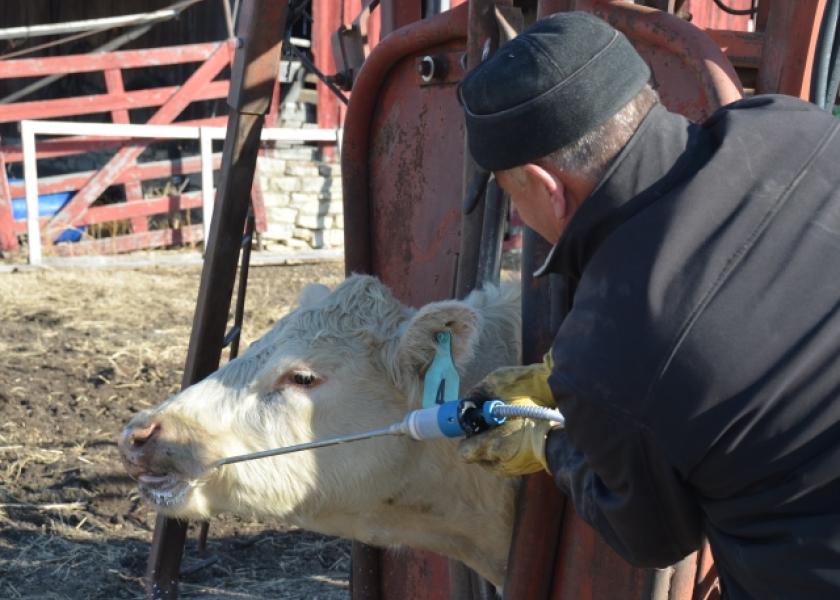Profit Suckers: Parasites in Cattle

By: Laura Mushrush
From the March issue of Drovers.
While there hasn’t been any recent academic institution research on the economic impact of parasites in cattle, a 2007 study, “Economic Analysis of Pharmaceutical Technologies in Modern Beef Production,” by researchers at Iowa State University, found deworming to be one of the most beneficial technologies available to beef producers. The research breaks down the impact parasite infestations can have on different cattle segments:
Cow–calf: Dewormers carry the highest impact on weaning rate, at 23.6%. When dewormers were eliminated from the test groups, the expected impact was 34.3%, or an added cost of $165.47 per head.
Stocker: The only consistently reported change in production efficiency for stocker operations was average daily gain. Dewormers had the greatest impact, with their elimination accounting for an additional $20.77 per head in breakeven prices, up 2.7%. When the five technologies tested (ionophores, subtherapeutic antibiotics, growth-promotant implants, dewormer and fly control) were eliminated , the effect on the breakeven price was an additional $80.79 per head. When all but the dewormer and fly control were eliminated, the impact added $43.25 per head, which meant parasite control alone accounted for almost half of the difference in the cattle’s performance.
Feedlot: Dewormers improved average daily gain by 5.6% and decreased the feed-to-gain ratio by 3.9%. It was the second largest costsaving technology, behind growth-promotant implants. When all five technologies were eliminated, there was reduction in the breakeven price by 12%, which was set at a cost of $126.09 per head. When all technologies but dewormer were eliminated, the effect was 9.6%, or a cost of $101.03 per head.







